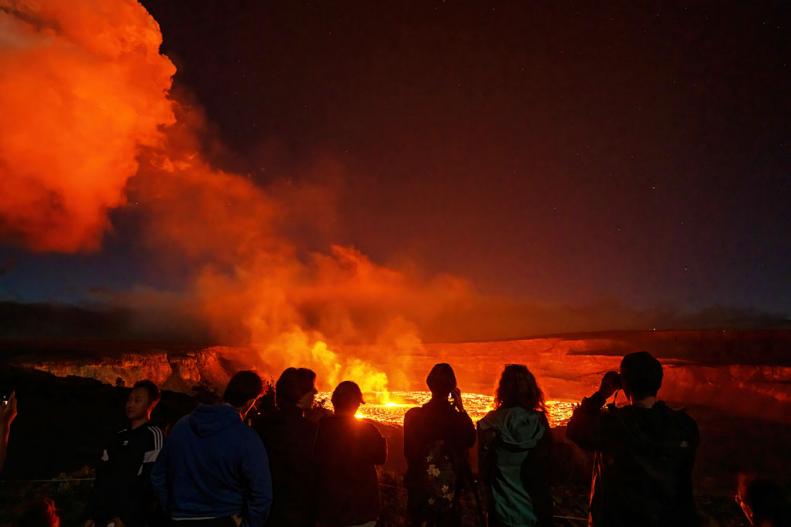1 / 11
Photo: Jody Overstreet
Put These National Park Nature Events on Your Bucket List
You don't have to take a hair-raising roller coaster ride for thrills or buy a pricey ticket to see beautiful plants in a botanical garden. You don't even need a trip to the zoo to watch amazing wildlife. Everything you're looking for — the excitement, beauty and fun — is waiting for you in America's national parks. Currently, there are 63 national parks and a total of 425 if you count National Seashores, National Historic sites and others. Read on for our picks of the most awe-inspiring nature events happening in national parks. Before you go, make sure the park is open and that you'll visit during the season or time of day that the event is likely to occur.









